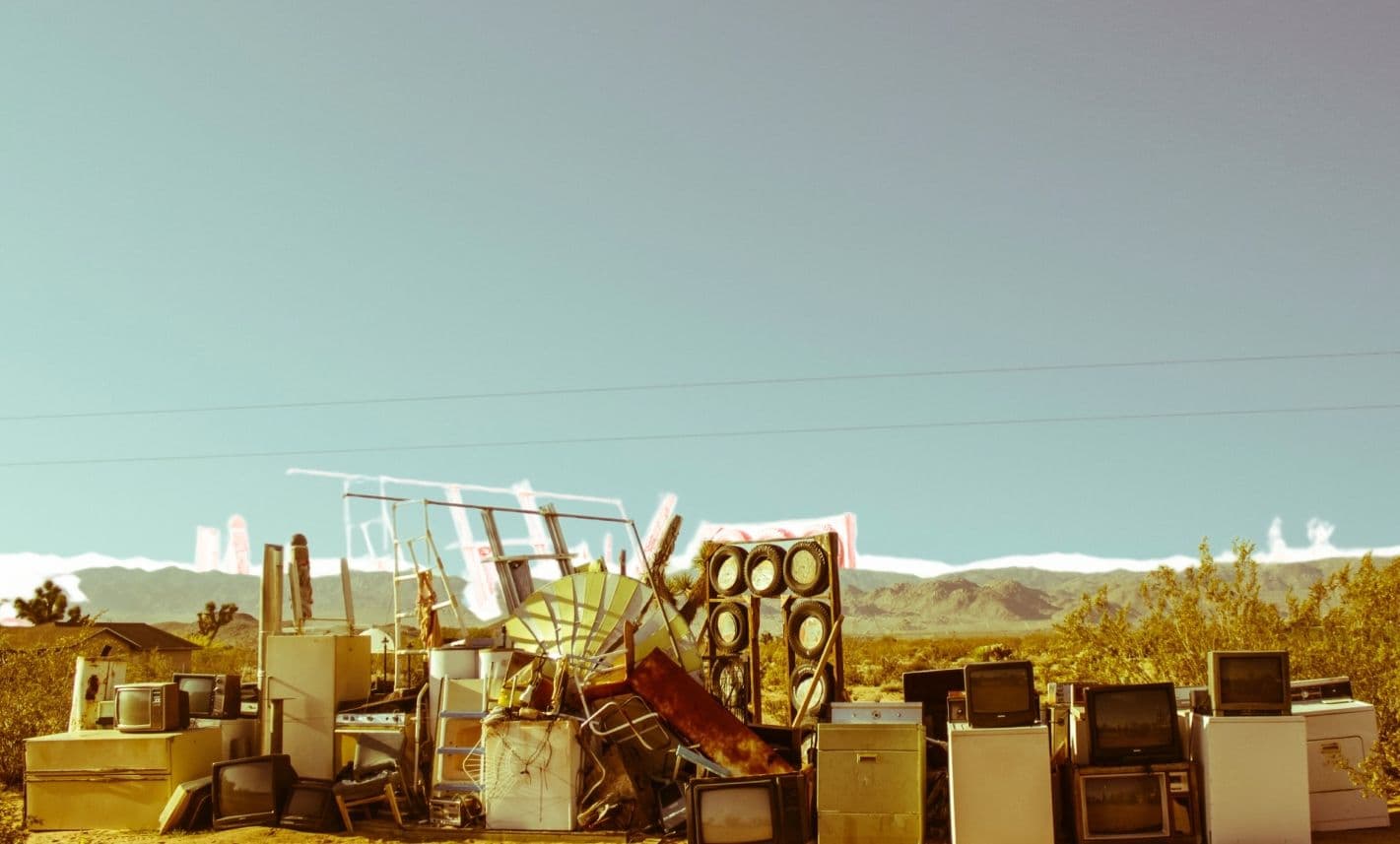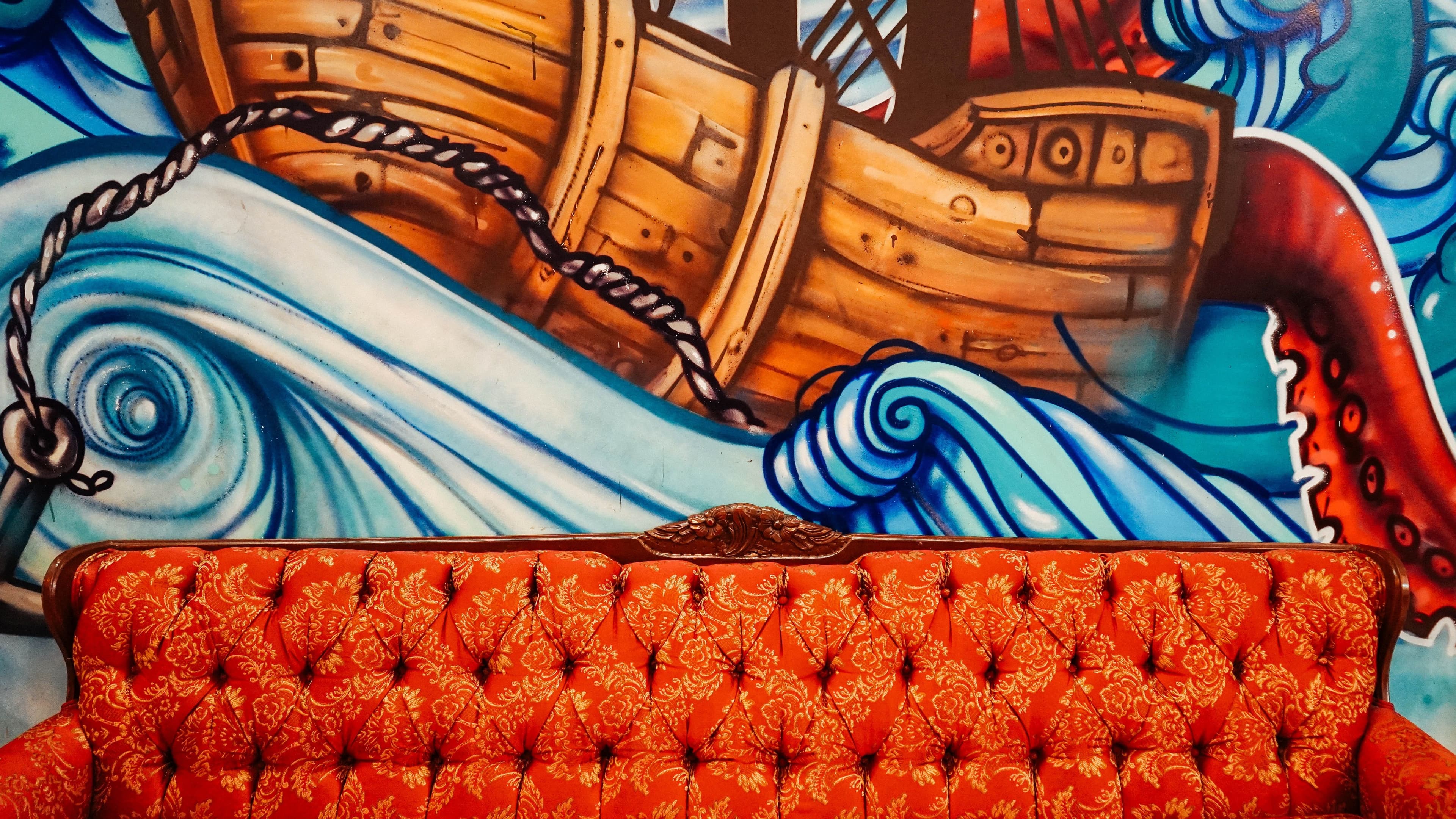In Europe, the concept of a circular economy has gained significant attention as a sustainable solution to reduce waste and promote resource efficiency.
At the heart of this transformative approach lies the concept of upcycling, where materials are creatively repurposed and transformed into new and more valuable products. In 2020, 35 percent of French people aged between 18 and 24 had already bought an upcycled item at least once. This stat shows there is a growing awareness and acceptance of upcycling among the younger generation.
Upcycled materials are vital in closing the loop, minimizing waste generation, and fostering a more sustainable future. Already, there are different examples of successful businesses that have upcycling at their core. For instance, Gabarage, an Austria-based business, upcycles industrial leftovers. Similarly, Designers Remix upcycles deadstock fabrics and garments to create new clothing items.
What is upcycling?
Upcycling is the process of taking old or discarded materials and transforming them into something new and more valuable. Instead of throwing things away, upcycling gives them a second life by repurposing them creatively. It's like turning trash into treasure!
Upcycling can help to improve a brand's image as being environmentally friendly and sustainable. This can be a great marketing tool, as consumers increasingly seek brands that share their values. Also, upcycling offers new product development opportunities. By reimagining waste materials as new products, they can create unique and innovative products that appeal to consumers
What are upcycled materials?
Upcycled materials are items or materials that have been transformed and repurposed from their original form into something new and potentially more valuable.
Upcycling differs from recycling in the way it treats materials. Recycling involves breaking down materials into their raw form and then using those raw materials to create new products. In contrast, upcycling focuses on finding new and innovative ways to give existing materials a new purpose without breaking them down completely. Upcycled materials retain some or all of their original characteristics and are transformed into higher-value products or items.

For example, let's consider a worn-out bicycle tire. Instead of sending it for recycling, which would involve shredding and melting the rubber to make new products, upcycling could involve turning the tire into a unique and stylish belt or repurposing it as a planter in a garden. This way, the tire is given a new function and value without completely breaking it back into raw materials.
Examples of materials that can be upcycled
- Wood: Wood can be upcycled into new furniture, flooring, and toys. Avocado is an example of a brand that upcycles wood into new furniture.
- Plastic: Plastic can be upcycled into new products, such as furniture, jewelry, and flower pots. Inside Weather uses upcycled plastic bottles to make sofas.
- Fabric: Fabric can be upcycled into new clothing, bags, and home décor items. Fanfare upcycles fabric into new clothing items.
- Paper: Paper can be upcycled into new paper products, such as notebooks, greeting cards, and gift wraps. Papers Upcycled upcycles cardboard and paper.
- Denim: Denim can be upcycled into new clothing. It can also be used to make patchwork quilts and backpacks. Brands like E.L.V. Denim upcycle denim into new wear such as skirts, shorts, and even jackets.
- Styrofoam: Styrofoam can be repurposed to planters and sculptures. For example, Ocean Sole upcycles Styrofoam to make big sculptures.
Policy and government initiatives toward upcycling
For upcycling to get widespread adoption across Europe, there is a need to have policies and initiatives spearheaded by the government. Thus, there have been some pro-upcycling initiatives in recent times.
The European Union's Circular Economy Action Plan
The EU Circular Economy Action Plan, adopted in March 2020, aims to transition Europe to a more circular economy, where the value of products and materials is maintained for as long as possible. It targets how products are designed and promote circular economy processes. The action plan also encourages sustainable consumption. Ultimately, it aims to ensure that waste is prevented and the resources used are kept in the EU economy for as long as possible.
The Waste Framework Directive (WFD)
The Waste Framework Directive is a directive that aims to drive the transition towards a circular economy in the EU by promoting sustainable waste management practices and minimizing waste generation. It sets forth fundamental concepts and definitions concerning waste management, encompassing recycling and recovery processes.
It clarifies when waste should be classified as a secondary raw material, enabling stakeholders to differentiate between waste and by-products. The directive also establishes waste management principles, mandating that waste be handled in a manner that poses no significant risks to human health or the environment. The WFD establishes a waste hierarchy that prioritizes waste prevention.
The Sustainable Products Initiative (SPI)
The SPI is related to the EU’s Circular Economy Action Plan. The initiative stands out because it doesn’t simply focus on the end-of-life phase of products. Instead, it focuses on building sustainability throughout a product’s life cycle, right from the design stage. By incorporating sustainability considerations from the early stages of product development, the initiative seeks to facilitate easier repair, reuse, and upcycling, thus contributing to the overall goals of the EU's Circular Economy Action Plan.
Importance of upcycling for material transition in Europe
Upcycling is crucial in facilitating the material transition in Europe towards a more sustainable and circular economy.
Resource conservation
Upcycling reduces the reliance on virgin resources by transforming waste materials into new products with higher value. By repurposing and extending the lifespan of materials, upcycling helps conserve valuable resources such as energy, water, and raw materials, reducing the need for extraction and production processes that can have significant environmental impacts.
Waste reduction
Upcycling helps address the issue of waste generation and landfill accumulation. By diverting waste from disposal sites, upcycling minimizes the environmental and social costs associated with waste management, including pollution, greenhouse gas emissions, and land degradation. It promotes a more sustainable approach to waste by transforming it into useful and desirable products.
Circular economy promotion
Upcycling is a key component of the circular economy model, which aims to decouple economic growth from resource consumption and waste generation. By closing the loop and reintroducing materials into the economy, upcycling reduces the need for new production from virgin resources. This fosters a circular flow of materials and contributes to a more sustainable and regenerative economic model.

Challenges and limitations to the massive adoption of upcycling in Europe
While upcycling holds significant potential for promoting sustainability and circularity in Europe, there are challenges and limitations that hinder its massive adoption.
First, upcycling often requires specialized skills, resources, and infrastructure to transform waste materials into new products. The lack of widespread upcycling facilities and appropriate infrastructure poses challenges in scaling up upcycling initiatives across Europe. Building a robust and accessible infrastructure to support large-scale upcycling remains important.
In addition, ensuring consistent quality in upcycled products can be challenging. Upcycling involves working with a diverse range of waste materials, each with different characteristics and conditions. A veritable solution to this is to have quality benchmarks for different categories of materials.
Also, overcoming perception barriers for upcycled products in terms of cost and value is important. It helps create strong market demand, which is crucial for wider adoption.
References
Circular economy action plan. (n.d.). Environment. https://environment.ec.europa.eu/strategy/circular-economy-action-plan_en
Eu, S. N. (2023, April 25). Sustainable Products Initiative: what’s boiling in the pot? SEC Newgate EU. https://www.secnewgate.eu/sustainable-products-initiative-whats-boiling-in-the-pot/
Statista. (2023, March 10). Share of people having already bought upcycled items in France 2020, by age. https://www.statista.com/statistics/1202301/share-people-having-already-bought-upcycled-items-france-age/
Waste Framework Directive. (n.d.). Environment. https://environment.ec.europa.eu/topics/waste-and-recycling/waste-framework-directive_en








